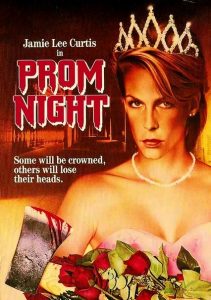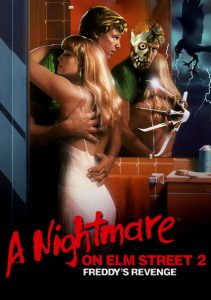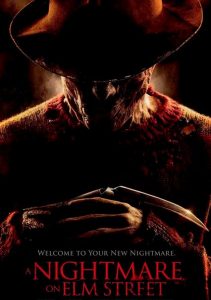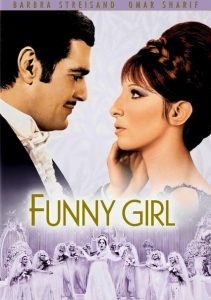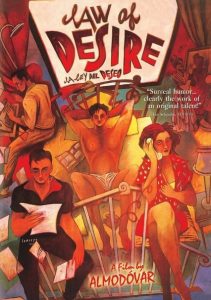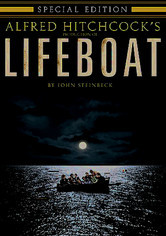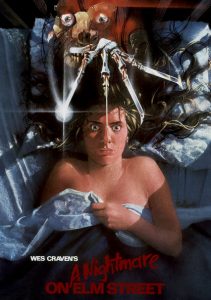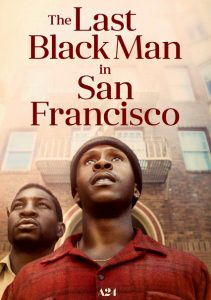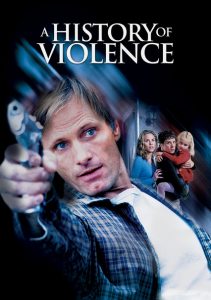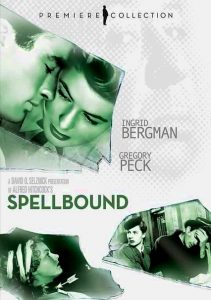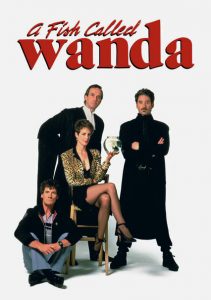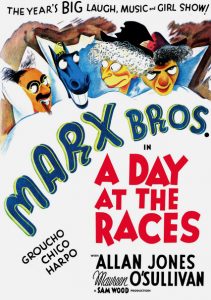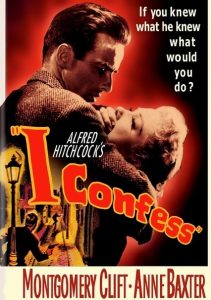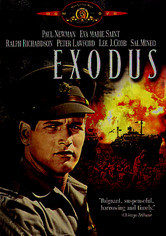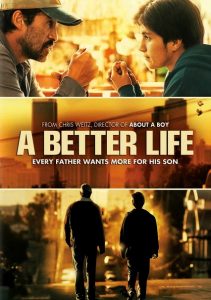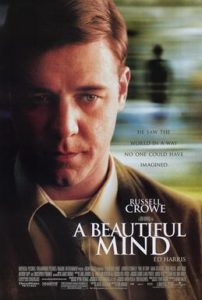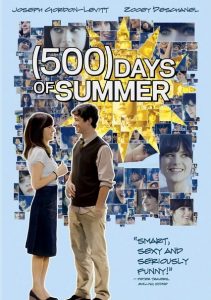Prom Night-1980
Director Paul Lynch
Starring Jamie Lee Curtis, Leslie Nielsen
Scott’s Review #1,025
Reviewed May 21, 2020
Grade: B
Released in the summer of 1980, Prom Night feels much more like a late 1970s-styled film than the plethora of carbon copy products that were churned out in the early part of its decade.
The film is a conventional slasher whodunit and does not reinvent the wheel, but small tidbits of stylized cinematography are nestled within its formulaic confines during what could be considered throwaway scenes.
Prom Night might be forgotten if not for the casting of “Scream Queen” Jamie Lee Curtis who leads the charge, carrying the story.
The film is heavily influenced by two very popular motion pictures that preceded it. The most obvious comparison, also in the horror genre, is Carrie (1976), which has a gruesome finale set in the usually cheerful late spring high school gymnasium event, known as prom night.
Prom Night also capitalizes on the enormous success of Saturday Night Fever, a 1977 vehicle that made John Travolta and discotheque household names, to say nothing of making teenage girls swoon.
Prom Night even copies a cheesy disco dance sequence.
The story begins, like many horror films do, with an incident that took place many years ago, paving the way for current events.
Youngsters, Wendy, Jude, Kelly, and Nick play hide-and-seek in an abandoned convent. When little Robin Hammond tries to join them, the group starts teasing her, repeating “Kill! Kill! Kill!”, over and over again, frightening her and causing her to accidentally fall to her death through a second-story window.
The children make a pact not to tell anyone what happened and keep the incident a secret. The shadow of an unseen person who witnessed Robin’s death emerges.
Flash-forward to the present day when the children are now in high school and eagerly await a night of dancing, drinking, and perhaps getting lucky, as they flirt and plan their partners for the night.
Robin’s family, led by the stoic Mr. Hammond (Leslie Nielsen) memorializes her on the anniversary of her death as sister Kim (Curtis) and brother Alex (Michael Tough) ready themselves for the prom that night.
Meanwhile, Kelly, Nick, Jude, and Wendy begin to receive menacing phone calls. Could Mr. Hammond, Kim, or Alex be behind the calls, perhaps seeking to avenge Robin’s death, or is this too obvious an approach?
As nightfall draws near the teenagers and their friends begin to fall victim to throat-slitting, a decapitation, and a chase with an ax by a crazed killer wearing a ski mask and black clothing.
An ode to the Halloween franchise in the final act is delicious, but may or may not have been intentional.
The best part of Prom Night is the whodunit factor and most of the fun is trying to figure out who is offing the kids. We know the motivation but not the who.
Red herrings are thrown directly to the audience like bones to a hungry dog.
The creepy, alcoholic janitor, Sykes, leers at the teens and even witnesses one of the murders (spoiler alert- he is not the killer!) but his claims are dismissed as drunken rants.
An escaped sex offender thought to be Robin’s killer, and an enemy of Kim’s are also thrown in to distract the viewer.
There is little character development (surprise, surprise) as standard stock characters are on display. There is the jokester, the bitchy rich girl, the virginal girl, and the obnoxious boy, so diversity is not the ingredient of this film.
A formula is followed and we know the final reveal will be the be-all, end-all of a film like this. Despite being formulaic Prom Night is still enjoyable, never feeling mediocre. Enough is going on to please horror fans seeking thrills.
Not a bad effort, Prom Night (1980) captures the viewer’s attention immediately and is never dull. The one-hour and twenty-nine minutes running time is a smart move as quick and easy can be described in the film.
The surprise reveals genuinely does surprise when the masked killer is revealed.
This is not Halloween (1978), Friday the 13th (1980), or Black Christmas (1974), the cream of the crop in slasher films, but is worth the watch.
